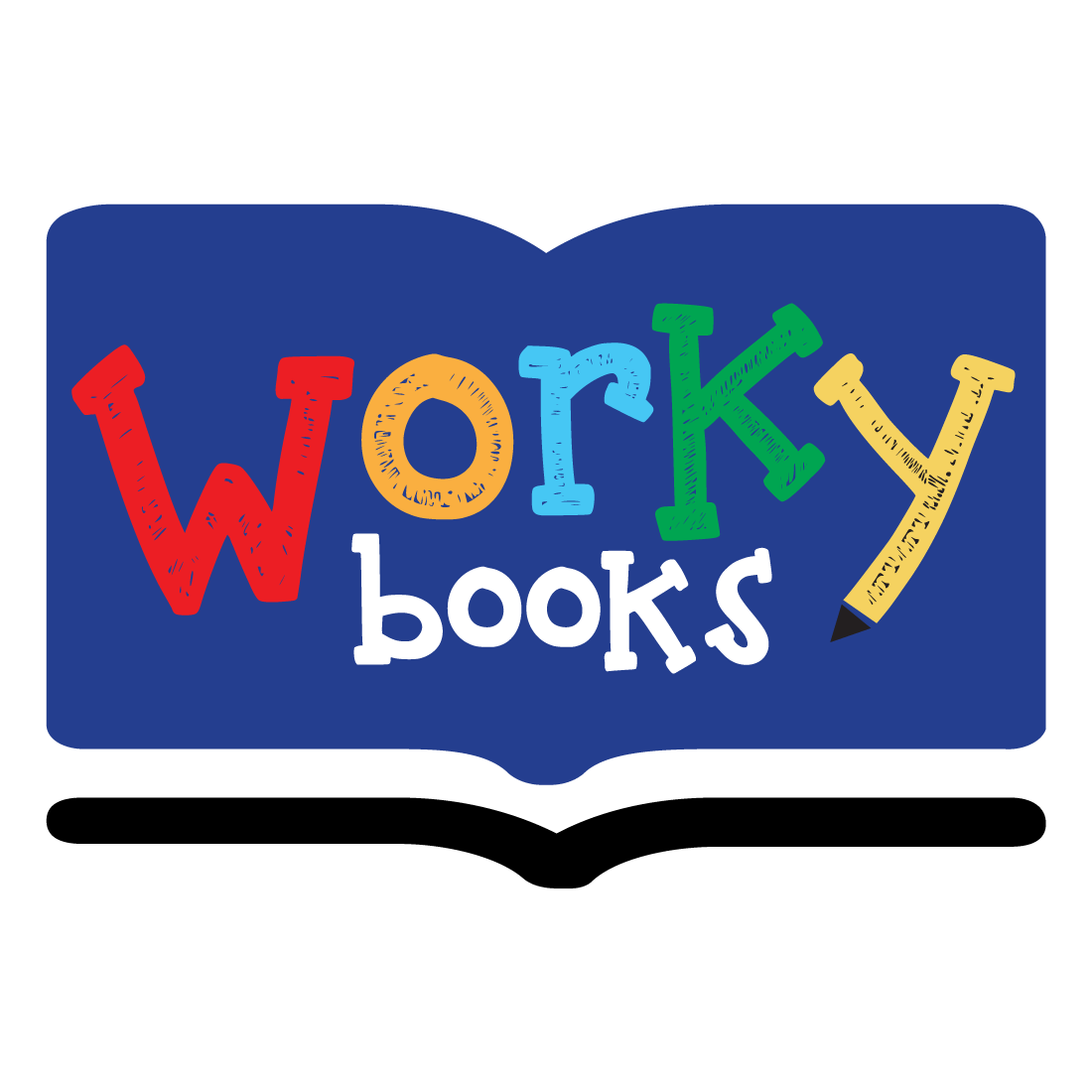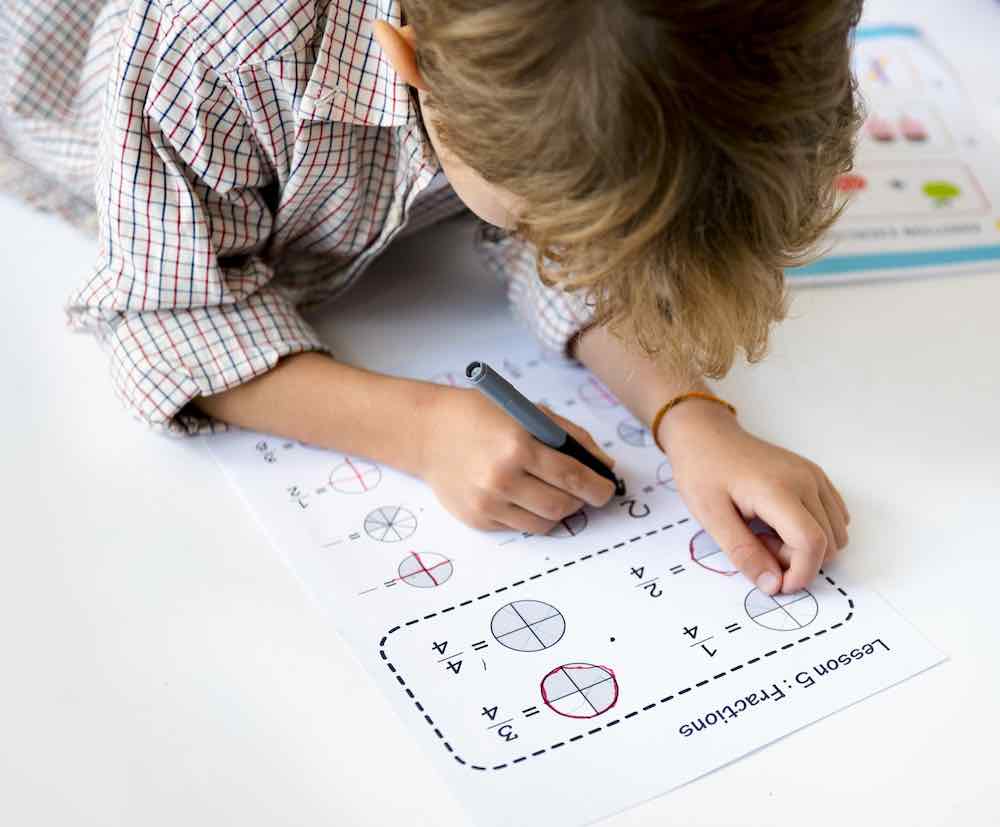Point of View Worksheets: Grade 2
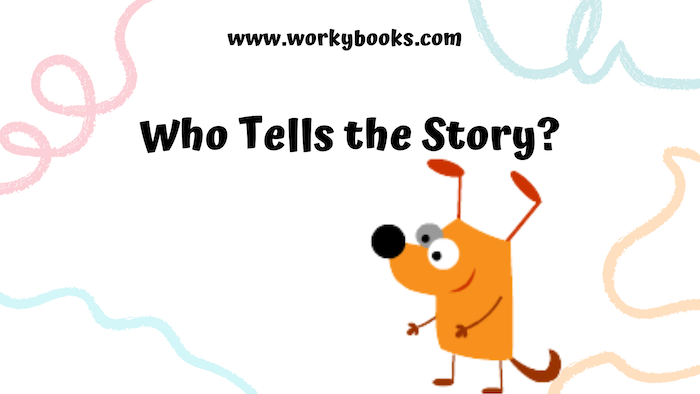
Point of view worksheets are valuable tools for helping second-grade students develop their reading comprehension skills. One crucial aspect of understanding literature is recognizing and interpreting different points in a story. As the second grade students flip through the pages of their favorite stories, they’re not just reading words – they’re stepping into the shoes of characters, experiencing worlds through different eyes.
Understanding Point of View
Before we dive into worksheets, let’s break down what point of view means in storytelling for our young learners. In every story, there’s a narrator – the voice telling the tale. The point of view is the perspective from which this story is told. For second-graders, we typically focus on two main types:
- First-person: The narrator is a character in the story, using “I” or “we.”
- Third-person: The narrator is outside the story, using “he,” “she,” or “they.”
Teaching students to recognize these perspectives helps them understand characters better and interpret stories more deeply.
Types of Point of View Worksheets
There are various types of point of view worksheets available, each focusing on different aspects of narrative perspective. Here are some common types:
1. First Person Point of View:
These worksheets focus on stories told from the “I” perspective. They help students identify when a character is narrating their own experiences.
2. Third Person Point of View :
These worksheets introduce students to stories told by an outside narrator, using “he,” “she,” or “they” to describe characters’ actions and thoughts.
3. Narrator Perspective :
These worksheets help students understand how the narrator’s perspective influences the way a story is told. Click here for grade 1 Writing Narratives My Favorite Summer Memory Worksheet.
4. Author’s Point of View :
These worksheets focus on helping students understand the author’s perspective and how it influences the story.
Common Core Alignment
Many point of view worksheets are designed to align with Common Core State Standards, specifically CCSS.ELA-LITERACY.RL.2.6. This standard focuses on students’ ability to acknowledge differences in the view of characters, including speaking in a different voice for each character when reading dialogue aloud.
Point of View Worksheets from Workybooks
Let’s explore three sample online worksheets with printable pdf that can be effective for second-grade students:
Worksheet 1: Planning Jason’s Birthday Party
This worksheet features a short story about Jason and his mom planning a birthday party. It’s an excellent introduction to teaching point of view through dialogue. Students can read the story aloud, using different voices for each character. This activity helps them understand how view points can change within a single story. These exercises, like the Jason’s Birthday Party story, encourage students to read dialogue aloud using different voices for each character, helping them understand how different views are expressed through speech.
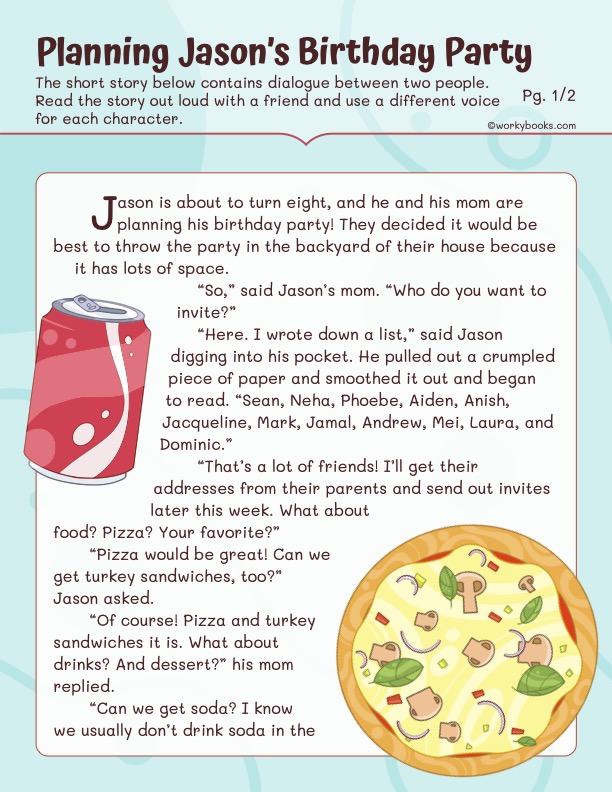
Worksheet 2: Henry & Squeaks—Character’s Point of View
This worksheet presents two fiction passages about a class pet, Squeaks the guinea pig. One passage is from Henry’s view, while the other is from Squeaks’ perspective. These activities help students understand how different characters view point for the same event. For example, the worksheet about Henry and Squeaks presents two perspectives on taking home a class pet.
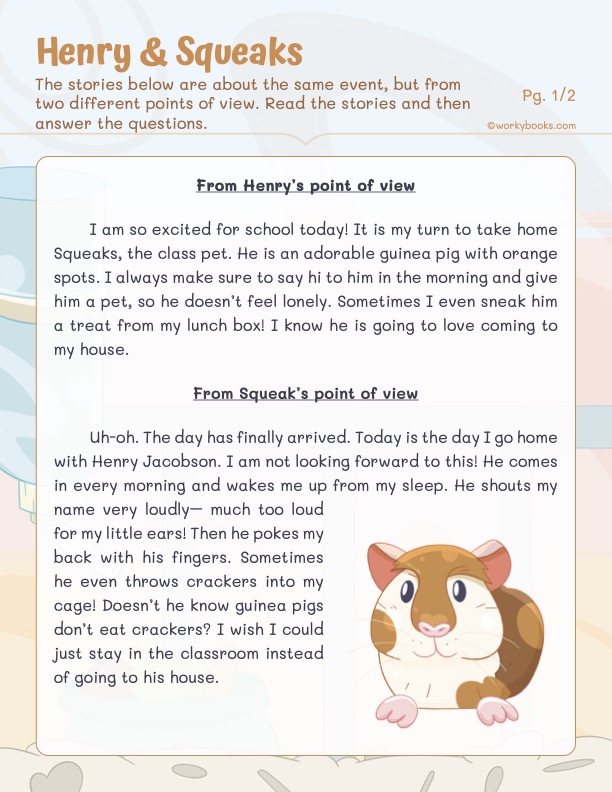
Worksheet 3: Snow—Point of View
This worksheet features two passages about a snow day, one from a child’s perspective and another from an adult’s viewpoint. These activities, such as the Snow Day passages, present the same event from different perspectives, helping students understand how age, experience, or role can influence a character’s view.
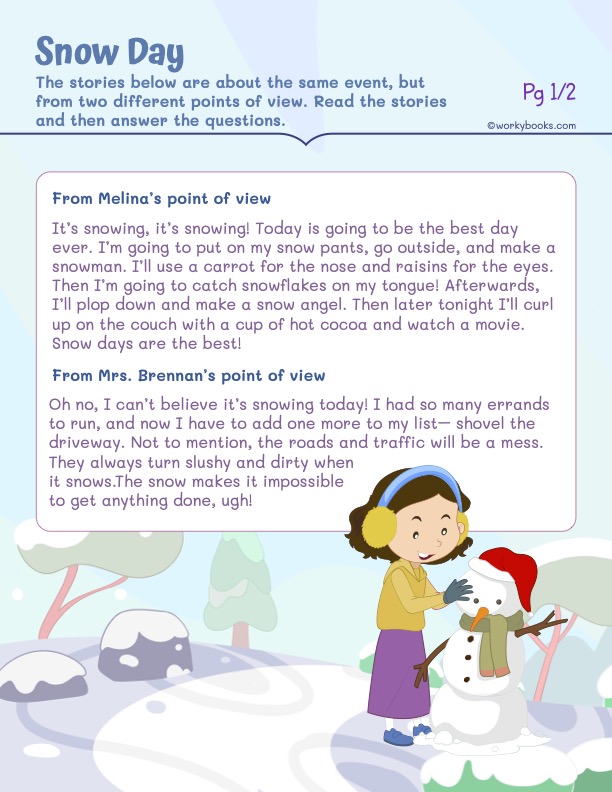
Remember, the key to success is consistent practice. Incorporate a variety of point of view worksheets into your lessons, including online worksheets and printable PDFs. Mix it up with first-person and third-person narratives, and don’t forget to make it fun! More kids practice more fluent they would be. With patience and persistence, your second-grade students will soon become experts at recognizing and understanding different view points in literature.
Happy reading and learning!
